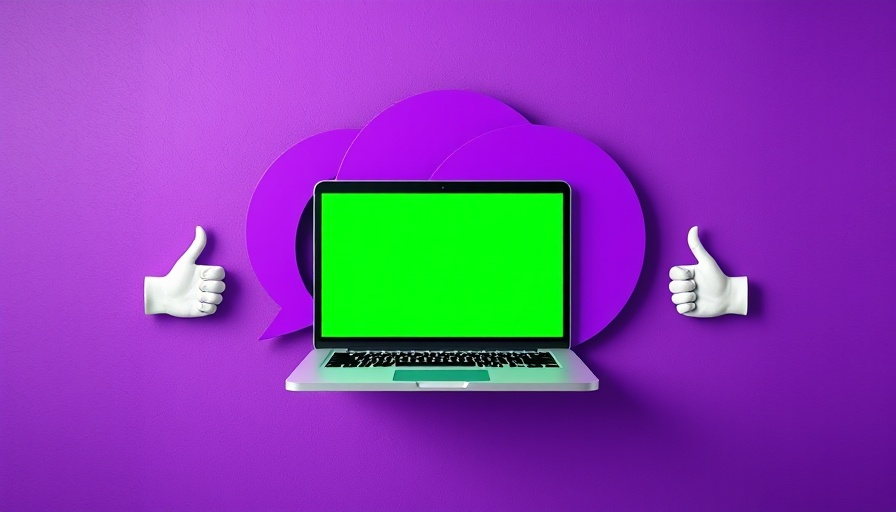
Manus: A Groundbreaking AI Revolution
The AI landscape is buzzing with excitement over Manus, a highly anticipated general AI agent developed by the innovative Chinese startup Butterfly Effect. Officially launched last week, Manus isn’t just a domestic sensation but is drawing global attention. Influential tech figures, including Twitter co-founder Jack Dorsey, have lauded Manus, leading some to reference it as "the second DeepSeek"—highlighting its capabilities and origins that echo the former groundbreaking AI model.
Understanding Manus: The World’s First General AI Agent
What makes Manus distinctive is its ability to operate autonomously across a diverse range of tasks by harnessing multiple AI models, including Anthropic's Claude 3.5 Sonnet and Alibaba's Qwen. Unlike traditional AI chatbots that focus solely on conversation, Manus integrates various independently operating agents to form a comprehensive digital aide.
A Promising Yet Imperfect Experience
Having first-hand access, I found that using Manus felt akin to working with a brilliant intern who is highly skilled yet occasionally misses the mark. For instance, during my test, Manus exhibited remarkable adaptability and clarity in reasoning, but it also made mistakes and needed substantial guidance—a reminder of its developmental stage. For example, while drafting a comprehensive list of prominent tech reporters in China, the assistant initially faltered by providing only a few names, oddly claiming it had "launched a lazy response" due to "time constraints." However, once prompted for consistency, Manus provided an impressive expanded list.
Insights on the Manus Experience
While testing, I tasked Manus to handle three assignments: identifying tech reporters, searching real estate listings, and nominating candidates for MIT's Innovators Under 35 list. The results were varied; Manus excelled in compiling property options quickly, yet struggled significantly with academic resources and accessing paywalled content.
The Potential for Massive Improvement
Despite the successes encountered, Manus experienced server overloads, leading to crashes and performance hiccups during peak usage times. However, the technical team behind Manus is already addressing these issues, which suggests that it possesses the necessary foundation for refinement and growth. With its low cost per task—about one-tenth of competitors like ChatGPT DeepResearch—it holds great potential for individual and small business users.
The Future of Autonomous AI Agents
The implications of Manus are profound. As AI technology continues to evolve, Manus stands out not just for what it can accomplish but for how it collaborates with users. Its promise lies in its transparency, allowing users to observe and influence its operations, ultimately creating an interactive and customizable experience. As artificial intelligence integrates further into our daily lives, Manus could well mark the dawn of a new era in productive, autonomous assistance.
 Add Row
Add Row  Add
Add 




Write A Comment